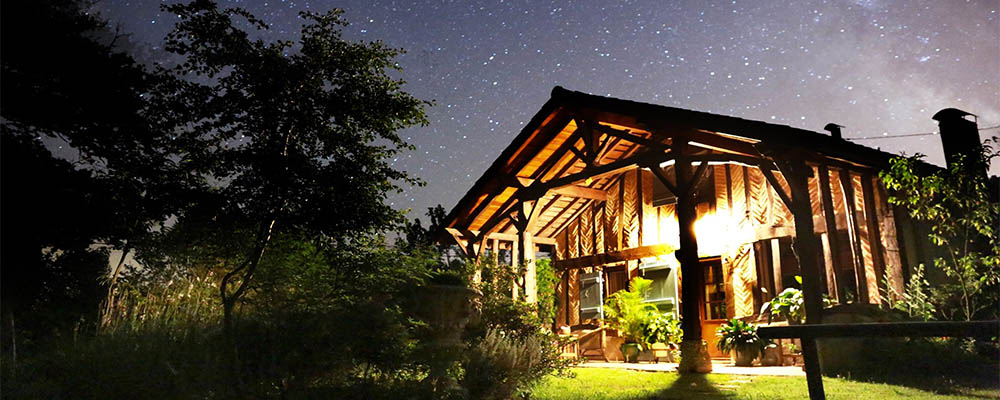When cooler temperatures arrive, it seems that bugs begin to disappear. Outdoor events are enjoyed with fewer buzzing or biting distractions. This leaves us with one question.
Where do the bugs go?
Cold Evaders and Hangouts
Many insects evade cold weather to survive the winter season. Migration (crop pests), hibernation, special “antifreeze” chemicals, and digging deep underground are some methods they used to combat cold weather effects. They also find micro-havens inside trees and under fallen plants that provide not only shelter but a source of nourishment as well.
Ants
Ants are underground experts that seal their colonies entrances when the cold temperature hits and go dormant. Large cluster groups keep them warm enough to get through winter. Ensuring the queen's survival is a top priority. Without a queen, the colony would not survive more than a couple months.
While some insects seek outside shelter, others may find refuge inside your home. (Yikes!) Common bugs to keep an eye out for include: cockroaches, spiders, ladybugs, and boxelder bugs.
Cockroaches
There are five common cockroaches in the US but the German cockroach is the most common. Roaches are adaptable wanderers. Running from the cold into your warm home, they can easily have all their basic needs met inside. Feeding on any organic matter, they quickly reproduce and begin infesting your home.
Fleas
Outdoor fleas die after a few days of freezing temperature. However, fleas who have a host, i.e., your warm, cozy pet, will survive due to the warmth of the animal. They can also ride their host into your home and take up residence in carpets.
Spiders
Cold-blooded spiders slow down and become dormant rather than search for warmth. If you have seen more spiders in late summer and early fall, that’s not surprising. It’s mating season.
Ladybugs
Ladybugs find shelter to survive cold weather temperatures, hibernating in groups under rocks or in rotting logs. Lighter colored houses with gaps can attract them indoors.
Boxelder Bugs
In fall and winter months, boxelder bugs may “overwinter” in protected areas including your home. Check common overwinter protection areas such as walls, attics, doors, under windows, and around your home foundation.
Wasps
Cold temps can kill wasps, but some will survive if they have a secured sheltered spot. Soon-to-be queens are survivors who will be responsible for new nests in the spring. Some common areas inside the home you may find them include baseboards, attic, and even under carpets.
Termites
Colder weather months pull termites into your home seeking warmth and shelter. Abundant wood sources can ensure a well-fed and happy queen.
Bed Bugs
These guys aren’t going anywhere! Dormant during temperatures less than 65 degrees, bed bugs stay active in homes with warmer temperatures.
Understanding what bugs may look for shelter in your home can give you the cold-weather advantage. If you find they’re trying to move in, give us a call. We can help with eviction. Enjoy the bug-free outdoors as cooler temperatures are nature’s way of reducing insect activity. With May Exterminating on watch, you and your loved ones can sleep easy this fall.


Recent Comments